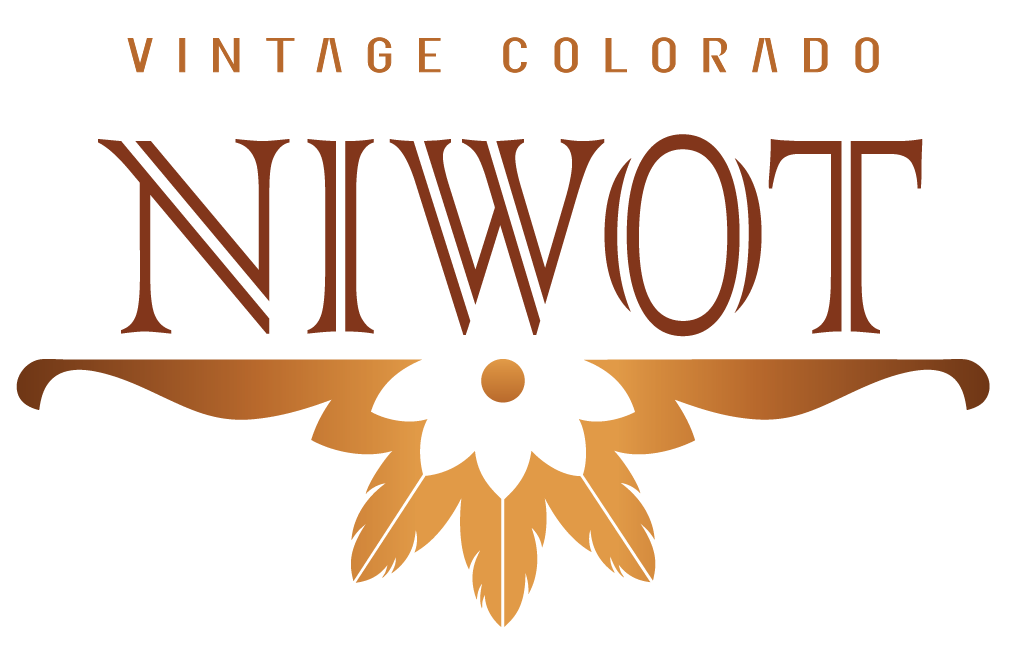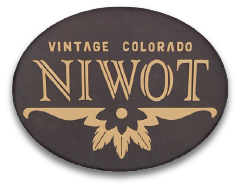The town of Niwot was named for Chief Niwot, an Arapaho leader, whose people were hunting and fishing along the Front Range when the first gold miners arrived in 1858. Niwot, in Arapaho language means “Left Hand’. Niwot was platted in 1875; two years after the Colorado Central Railroad extended its tracks northeast from Boulder. This expansion provided a significant boost to the local agricultural economy by creating a link to markets as far away as Wyoming and Denver.
The townsite straddled the railroad track, which for the next 75 years played a significant part in Niwot’s history. A modest business district stood on the west side of town. There, behind the railroad depot and loading pens, was a blacksmith shop, feedmill, and various general stores. East of the tracks, neighborhood streets were then laid out.
After the turn of the 20th century, the business district moved to Second Avenue, where it remains today. John Nelson, a local carpenter, is credited with building the first commercial structure on Second Avenue in 1905. Most of the remaining shops in the first block were completed by 1915, and included the oldest operating Grange in Colorado. These buildings comprise the Niwot Historic District, designated by Boulder County in 1993.
Today, Old Town extends down Second Avenue to Cottonwood Square Shopping Center. The Niwot business area is filled with delightful shops and award-winning restaurants along the way.
For more information on the history of Niwot, read local historian Anne Dyni’s “Niwot, Colorado: Birth of a Railroad Town.” You can pick up a copy at the Niwot Market.

